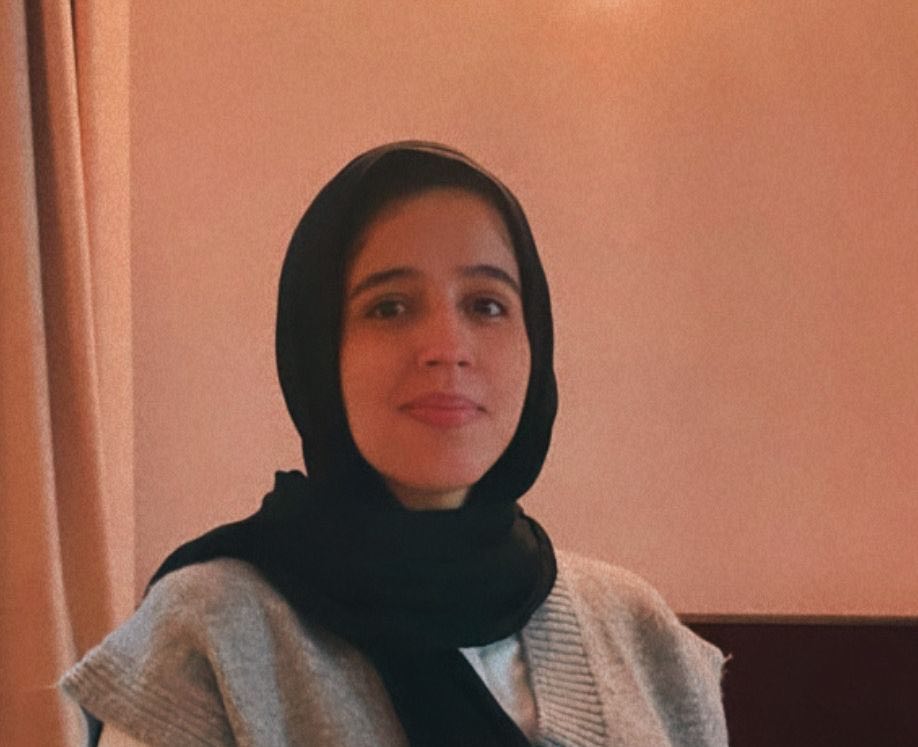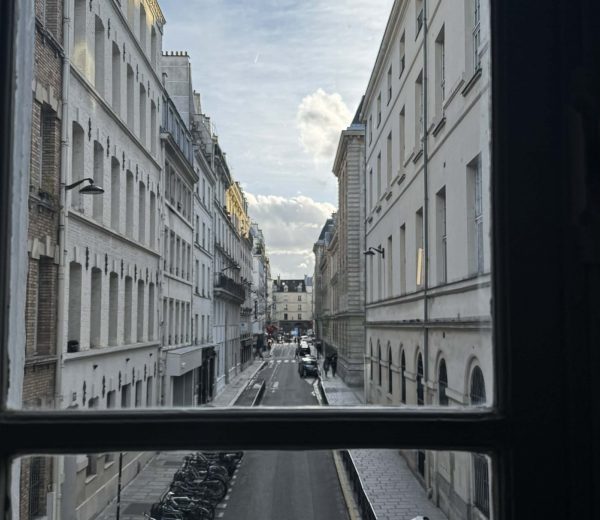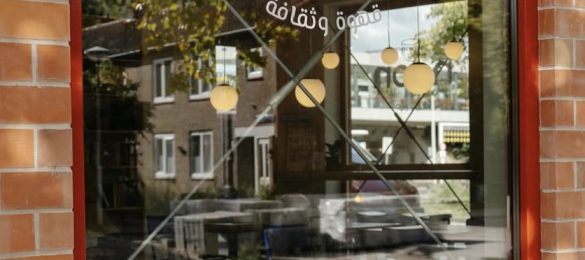Libyan Jews had taken part in Libyan history in the early 1920s before they were deported to exile after 1967 as assumed. A lot of the Jewish traditions and signs are still rooted within the old city of Tripoli. Whether it is in term of religious or not, we cannot ignore their existence and that our traditions are somewhat inherited from them.
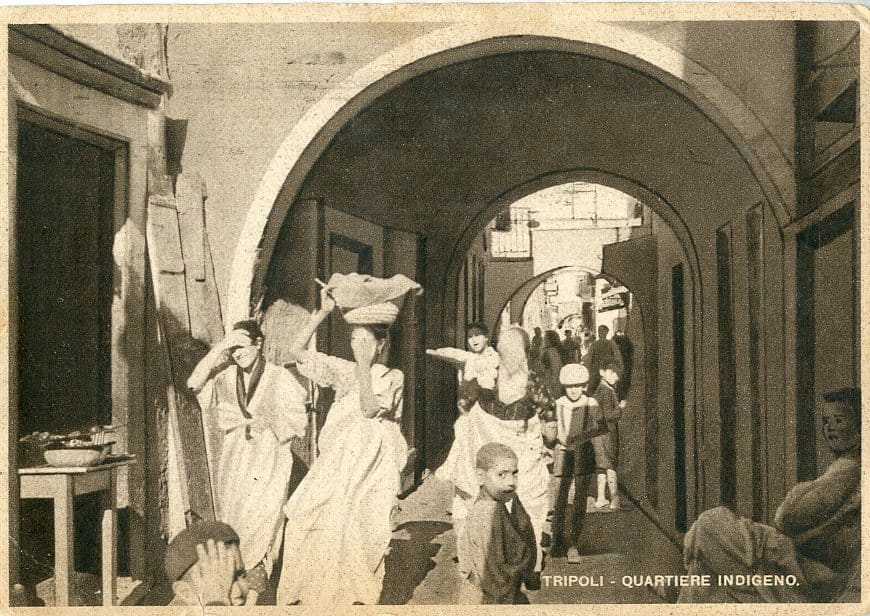
They were approximately about 49 thousand Jewish, 80% were originally Libyans and 20% were migrants from North Africa, Spain, and Italy. Libyan Jews were one of the main reasons for the development of trading and economy back in the days. They had their own shops and stores in the old city markets such as Fish Market and Al-Truk Market.
Literature resources differ if they were kicked out or they left on their own. Some sources say that Jewish leaders asked the Libyan government in 1967 to get a travel approval until things settle in the country and Libyans understand the Jewish situation better and others mention that they were deported as I mention in the beginning of this article.
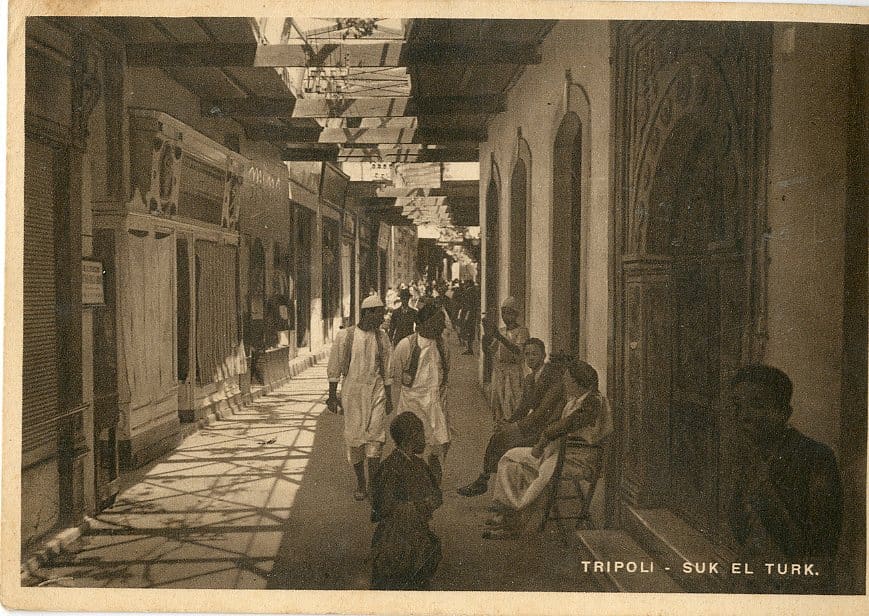
In Tripoli, Jews settled in three alleys within the Old City or as called “Hara”, the big, middle (uostia), and small Hara. They lived in other alleys with Arabs like Al-Siffar Bakery Alley (Or as called Kuchit Al-Siffar) and the European Alley as well. They lived in peace and harmony with their fellow Arabs and never felt excluded in the society. In this article; I will introduce the four types of Jews in Libya and these are:
1- Al-Abran Jews: They settled in the Romanian era after the Romans destroyed Jerusalem in year 70 AD.
2- Berber/Amazigh Jews: They participated in the 16th century in the reformation of the Libyan Jewish cult in Tripoli after the fall of the Spanish on the hands of the Ottomans.
3-Jews of Al-Andalus:
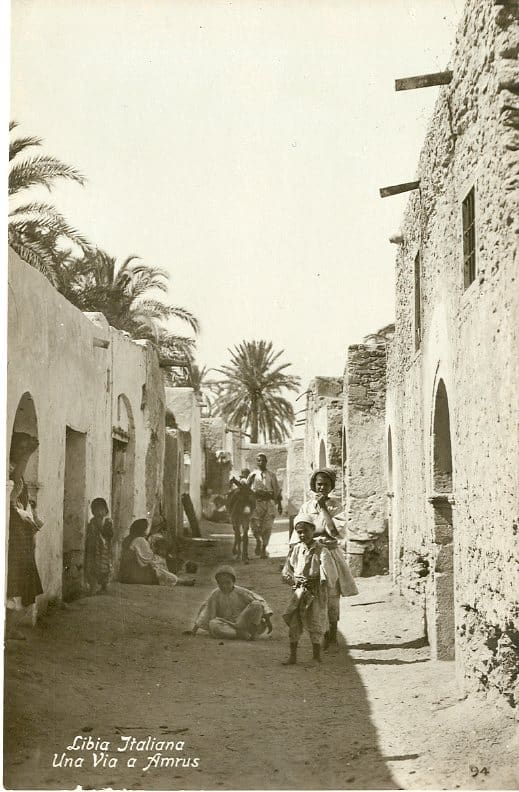
They are the ones who created Las Alpujarras (Amrus) village after the name of a suburb in Granada. Some of them lived in Zawia, Alkhums, Zlitin, Sirt, Misurata, Benghazi, and Derna. They used to have a big area in the old city but the former regime managed to put down their beautiful houses in that area in 1980 fearing from opponents at that time. Now, this empty area is located in front of Mahmoud School in the Old City.
4- Italian Jews: They came from different cities in Italy like Tuscany and Livorno in the 17th century.
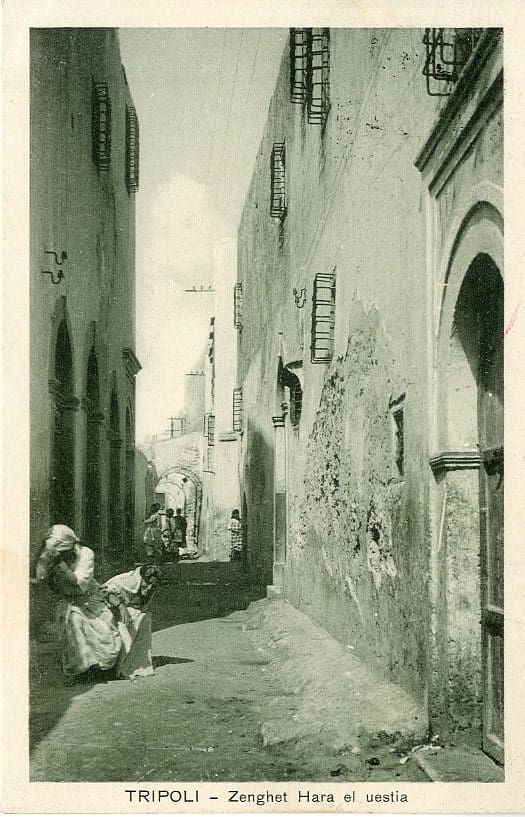
am still in the search for more information both online and offline with the help of a dear friend of mine. Unfortunately, it is not easy to find related information about them and it is such a shame. We cannot deny their existence even if we want to. People must not interpret their existence from a religious point of view only; there are more aspects to consider in this complicated equation. Libyan history is very rich in content and our job is to find more and more.
History makes us ask questions and think about what happened in a certain period of time. It keeps us wondering about everything. In simple words, history means life; it is a set of ongoing events that shape societies and identities. I hope that I get to write more about Libyan Jews on my blog and about my country’s history that we must all acknowledge because it is merely our right.
The main information reference and photos credit goes to: @Hiba76Sh
